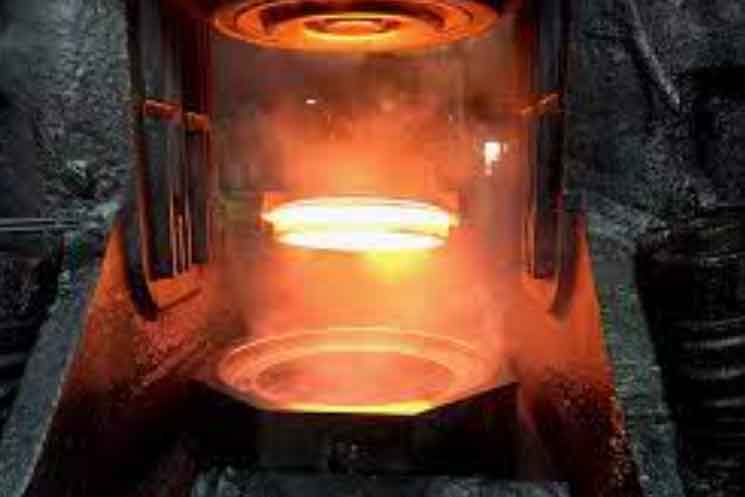
Gear forgings are a manufacturing process used to create high-quality gears with superior strength, durability, and performance. This method involves shaping and forming a metal blank, typically made of steel or other alloy materials, into the desired gear shape using compressive forces. The result is a gear with improved mechanical properties and dimensional accuracy compared to other manufacturing techniques like casting or machining.
The process of gear forging typically involves the following steps:
- Material Selection: High-quality gear forgings require the selection of appropriate materials with desirable properties such as high strength, toughness, and wear resistance. Common materials used for gear forgings include alloy steels, carbon steels, and stainless steels.
- Heating: The metal blank is heated to an elevated temperature to increase its malleability and reduce the risk of cracking during the forging process. The specific temperature and heating time depend on the material being forged.
- Pre-forming: In this stage, the heated metal blank is pre-shaped into a rough approximation of the final gear shape. This step may involve processes like upsetting, punching, or bending.
- Die Preparation: Dies, which are specialized tools with cavities designed to shape the metal into the desired gear profile, are prepared. The die selection and design depend on the gear specifications and required precision.
- Forging: The pre-formed blank is placed between the die halves, and compressive forces are applied to reshape the metal into the final gear shape. The forging process can be performed using various methods, including open-die forging, closed-die forging, or precision forging, depending on the complexity and size of the gear.
- Finishing Operations: After the forging process, the gears undergo additional operations like trimming, piercing, machining, or heat treatment to refine the gear profile, remove any excess material, improve dimensional accuracy, and enhance the mechanical properties.
The advantages of gear forgings are numerous:
- Enhanced Strength: Gear forgings offer superior strength and toughness compared to gears produced through other manufacturing methods. The forging process aligns the grain structure of the metal, resulting in increased strength and resistance to fatigue, impact, and wear.
- Improved Fatigue Resistance: Gears manufactured through forging have improved resistance to cyclic loading, making them ideal for applications requiring high endurance and durability.
- Consistent Quality: Gear forgings provide excellent dimensional accuracy and consistency. The controlled forging process ensures tight tolerances, precise gear profiles, and uniform mechanical properties across multiple gears.
- Cost Efficiency: While gear forgings may require higher upfront costs due to tooling and equipment requirements, the long-term benefits outweigh the initial investment. The extended service life, reduced maintenance, and fewer gear failures result in overall cost savings.
- Design Flexibility: Gear forgings can accommodate a wide range of gear sizes, shapes, and complexities, allowing for the production of customized gears tailored to specific applications.
Gear forgings find applications in various industries, including automotive, aerospace, defense, heavy machinery, and power generation. They are commonly used in gearboxes, transmissions, drivetrains, industrial equipment, and other high-load and high-performance systems.
Gear forgings unlock the full potential of high-quality gear manufacturing. By utilizing this process, manufacturers can produce gears with exceptional strength, durability, and precision, ensuring reliable performance in demanding applications.
